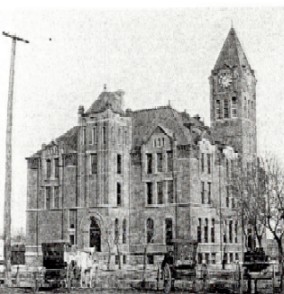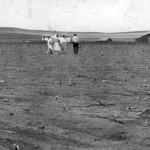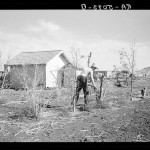Some may wonder how Oscar Gifford, the first superintendent at the Canton Asylum for Insane Indians, could make much of a pitch for the little town to host what might have become quite a large and important facility. South Dakota was a fairly centralized part of the country for the Indian population it sought to help, so the asylum’s location in that state was not so surprising. Continue reading
Tag Archives: Lincoln County SD
Settlement in Lincoln County
Lincoln County, South Dakota, became an entity in 1862. No white settlers seemed to be permanent residents there, though a rough road cut through a portion of its far upper corner. The first permanent resident arrived in 1866 and built a dugout to live in while he planted his first few acres of hay. Other settlers began to straggle in or arrive in small groups, and quickly set up local governing bodies of commissioners, justices of the peace, and so on. Many of them found the lush Sioux Valley very attractive and rich. Other parts of the area were flat and drab, but all areas had rich soil and promising futures. The cities of Canton (site of the Canton Asylum for Insane Indians), Eden, Worthing, and Lennox sprang up quickly, and other small towns followed the establishment of the railroad.
Many of the early settlers were Norwegian, with Germans following as the second largest ethnic group. Many began their new lives in dugouts and sod homes (see last post) where they faced the severe weather common to the area. They were by necessity a tough group of people who were determined to make it in a strange, new land. However, one problem they had probably never faced before was grasshopper swarms. These pests, arriving in great clouds and eating so vigorously that they reportedly sounded like “thousands of scissors snipping.” The swarms damaged or ruined crops five years in a row during the 1870s and doubtlessly discouraged many of the newcomers or forced some to return home. Despite these struggles, the county population increased from under a hundred in its early days to 6,000 by 1880.
______________________________________________________________________________________



